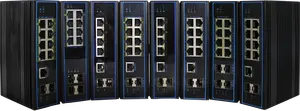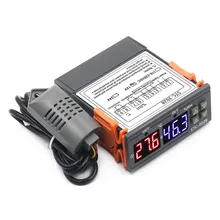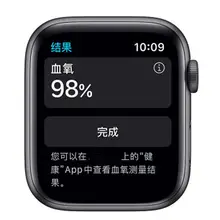Understanding Network Media Converters
Network media converters are integral components in modern data networks, facilitating the interconnection of different communication protocols, transmission rates, and media types. These devices enable seamless data flow between disparate network segments, often converting electrical signals used in copper cables to optical signals for fiber optic cables.
Types and Applications
The versatility of media converters is evident in their various types, such as fiber media converters, ethernet media converters, and gigabit media converters. Each type serves a specific function, from extending the reach of a network by converting fiber to ethernet, to integrating fiber optic technology into existing copper-based infrastructure. The application of these converters spans across multiple industries, including telecommunications, enterprise IT networks, and data centers.
Features and Materials
A media converter fiber to ethernet is designed with robustness in mind, often housed in durable metal casings to ensure longevity and reliability in various environmental conditions. The internal components are optimized for data integrity and conversion efficiency, with some models featuring advanced functions like auto-negotiation, which facilitates the integration of equipment operating at different speeds.
Advantages of Media Converters
The strategic deployment of a media converter fiber optic to ethernet can significantly enhance network performance. By enabling fiber optic connections, these converters allow for greater bandwidth and longer transmission distances free from electromagnetic interference. Additionally, the use of a gigabit media converter can future-proof a network, preparing it for the increasing demand for high-speed data transfer.
Selecting the Right Converter
When choosing a media converter from fiber to ethernet, it is crucial to consider the specific needs of your network, such as the required data transfer rate and the type of fiber optic cable in use. Converters like the TP Link MC220L are designed to be compatible with a variety of SFP (Small Form-factor Pluggable) modules, offering flexibility for different network configurations.
Conclusion
In conclusion, network media converters are essential for the evolution and scalability of modern networks. They provide a cost-effective solution for integrating different network media and protocols, ensuring that businesses can adapt to new technologies and expand their infrastructure as needed.












































 浙公网安备 33010002000092号
浙公网安备 33010002000092号 浙B2-20120091-4
浙B2-20120091-4